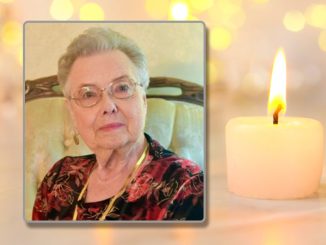
Schools monitoring for flu-like symptoms
School nurses across St. Charles Parish are closely monitoring students for flu-like symptoms in an effort to prevent the transmission of what many school officials are calling an “unseasonal outbreak.”
“We’re seeing an abnormal spike in the number of student absences for this time of year, with more recorded on the West Bank of the parish,” said Rochelle Cancienne-Touchard, school public information director.
On Tuesday, approximately 965 students were absent, with Hahnville High topping the charts at minus 300 students. Destrehan High recorded 200 absences that same day.
“However, we can’t confirm whether or not every absence is flu related. But we are taking all precautionary measures recommended by the Centers for Disease Control,” Cancienne-Touchard said.
St. Charles Parish Hospital spokesman Brandon Kelly said that the ER has had nine people test positive for H1N1 in the last two weeks.
In fact, some students aren’t testing positive for the flu, but instead have an aggressive virus that mirrors flu symptoms.
Still though, school nurses district wide are on the lookout for those classic flu-like symptoms – headache, body aches, chills, coughing and high fevers.
“Students exhibiting these symptoms, especially those with a fever of 100.5 or more, are being sent home,” added Cancienne-Touchard. “Although we’ve had no confirmed cases of the H1N1 virus in our public schools, we are continuing to encourage everyone to practice good hygiene and to keep surfaces like water fountains and athletic equipment clean.”
On Monday, 45 students across the parish were sent home because of cold or flu-like symptoms, but according to Cancienne-Touchard, none of those cases have been confirmed for flu or H1N1.
“It is my understanding that doctors are treating anyone who tests positive for type A flu with the same treatment for H1N1,” she said. “In order to officially confirm someone with H1N1, a specimen must be sent off, which could take days. Normally, by the time the results come back, the person is well again.”
Typically, outbreaks of the flu occur between October and May, with the peak of the season falling between late December and March.
The overall health impact of the flu varies from year to year, and so far this year the influenza season appears to have arrived early.
“My oldest child was diagnosed with the flu this week,” said Ingrid Castro-Fonseca, a mother of four. “Even though it takes a while to get the results back for the swine flu, my child’s doctor said that they are getting some positive results, therefore my child is being treated with Tamiflu.”
Castro says that her other children have told her that classmates and others at the schools are displaying symptoms, yet are still attending classes.
“It’s a big deal that all of these sick kids with high fevers are going to school ill,” Castro-Fonseca said. “Parents are making them go to school, which is the opposite of what they should be doing. The best thing they can do is stay home for a day or two to make sure that they won’t spread germs.”
And Cancienne-Touchard agrees.
“If your child is sick, especially with fever, do not send them to school,” she said. “We are encouraging students and adults who are exhibiting flu-like symptoms to stay home until at least 24 hours after they no longer have fever or signs of a fever.”




Be the first to comment